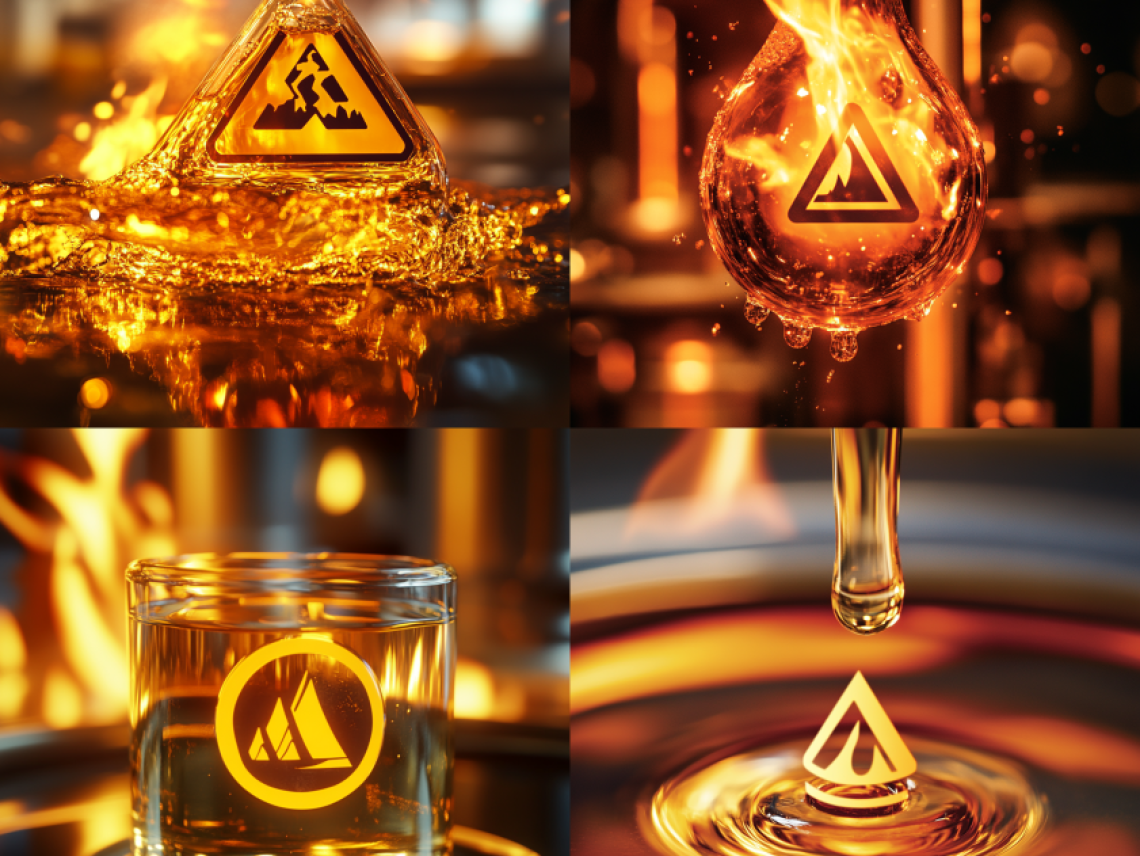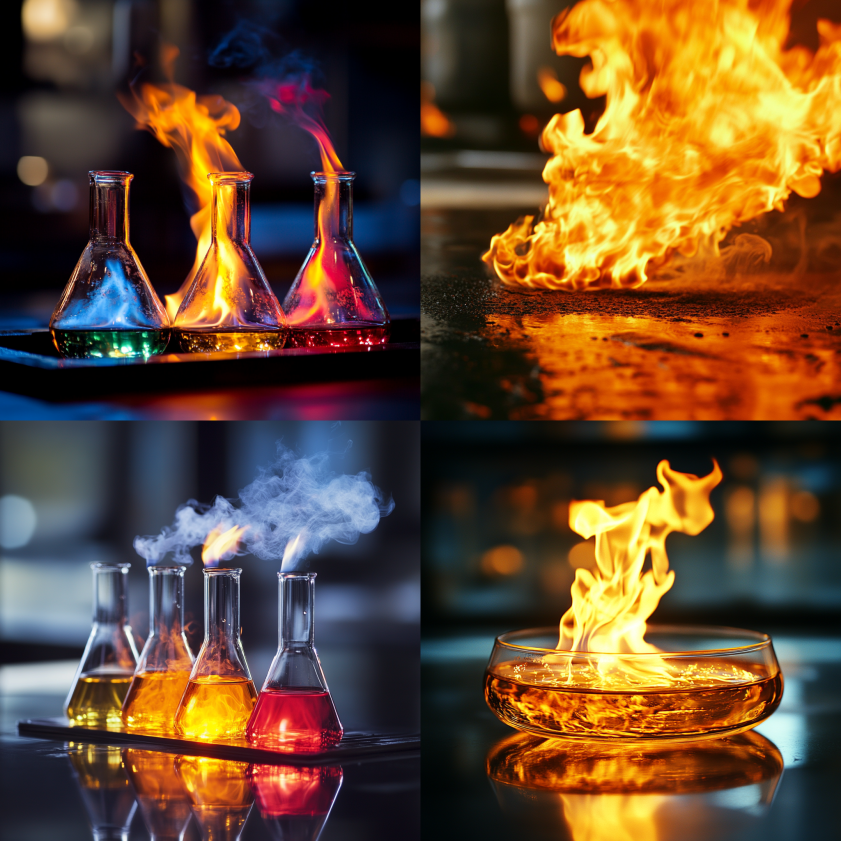Understanding glycol goes beyond its chemical definition. It’s about recognizing its vital role in safety, performance, and compliance across industries, from protecting engines to preserving food and pharmaceuticals. Knowing its types, uses, and risks helps ensure responsible handling, reduced hazards, and better outcomes.


